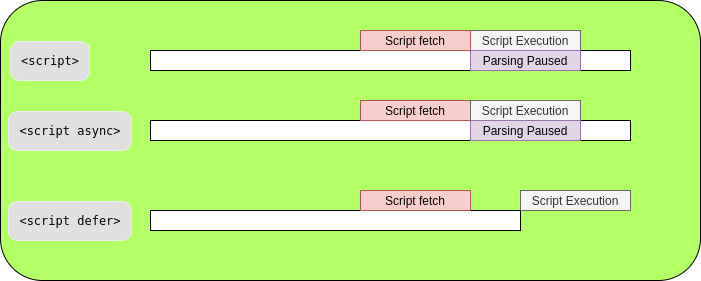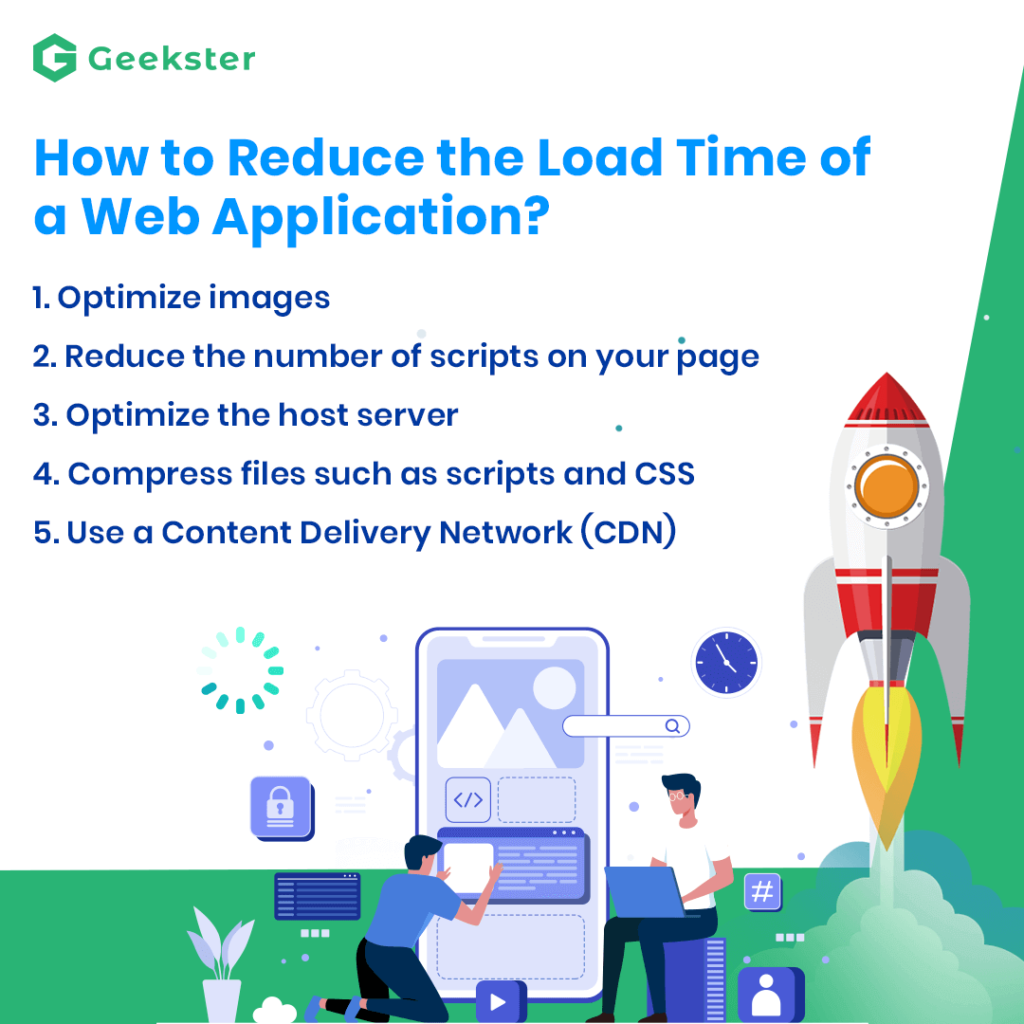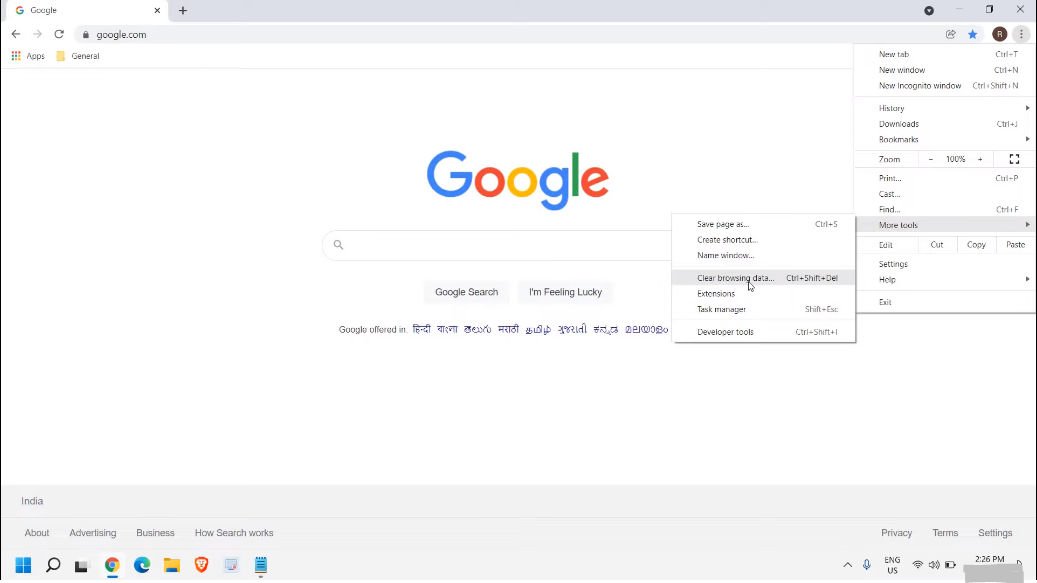Defer JavaScript Loading Speed Up Your Site Now

Did you know that JavaScript can be a major culprit behind a slow website? In today’s fast-paced digital world, website speed is crucial. Users expect instant gratification, and even a slight delay can send them clicking away to a competitor.
‘Defer JavaScript loading’ is a technique that optimizes website performance by telling the browser to download the JavaScript files without blocking the HTML parsing. Essentially, the browser can continue building the page’s content while the JavaScript is downloading in the background.
This means faster initial page load times and a significantly improved user experience. In this article, we’ll dive into the specifics of deferring JavaScript, explore its benefits, and provide practical guidance on how you can easily implement it to boost your website’s speed and keep your visitors engaged.
Understanding JavaScript Defer Loading: A Comprehensive Guide
So, you’re digging into website speed? Smart move! Deferring JavaScript loading is a pivotal strategy to boost page performance.
Think of it like this: instead of holding up the whole show (the page render), you let the script load in the background. This makes for a snappy experience.
The key is to understand how and when to implement this technique effectively. A poorly implemented defer can break your site. Don’t worry, we’ll cover that.
Let’s dive in and explore the ins and outs of deferring JavaScript, along with best practices to keep your site running smooth.
Why Defer JavaScript? The Performance Benefits
Web pages used to load every script before rendering content. This creates a bottleneck, especially for larger JavaScript files. Yikes!
Deferring changes the game. It allows the HTML to load first, then the JavaScript. This leads to a faster “first paint” and a better user experience.
Page speed is more important than ever. Users are impatient; slow loading times can lead to high bounce rates and lost conversions. Keep those numbers low!
Search engines, like Google, love fast sites. Performance is a ranking factor. Deferring JS is a great way to improve your score.
The improved performance translates directly to higher engagement, happier visitors, and a potentially increased return on investment for your online presence.
Deferring is like giving your visitors an express ticket, allowing them to see the core content sooner, rather than being stuck waiting in a virtual line.
How to Defer JavaScript: Implementation Techniques
The most common method is using the defer attribute within the <script> tag. Simple, right?
Example: <script src="your-script.js" defer></script>. This tells the browser to download the script without blocking HTML parsing.
Importantly, scripts with the defer attribute will execute in the order they appear in the HTML. Consistency is important!
Another approach is to use the “async” attribute. However, async executes scripts as soon as they’re downloaded. This may be unsuitable if script order is crucial.
You can also insert scripts before the closing </body> tag. This achieves similar results to defer, but less direct.
Experiment with these techniques to see what works best for your specific setup. Analyze your load times. Every site is a little different.
Best Practices for Deferring JavaScript
Not every script is a good candidate for deferring. Essential scripts that render initial content shouldn’t be deferred. Be careful!
Prioritize scripts that handle non-critical elements, such as analytics tracking, social media widgets, or animations. These are great candidates.
Test thoroughly! Deferring can introduce unexpected bugs if not implemented correctly. Check across different browsers and devices. Be prepared!
Use your browser’s developer tools (usually accessed with F12) to analyze load times and identify performance bottlenecks. Knowledge is power.
Consider using a Content Delivery Network (CDN) for your JavaScript files. This can speed up downloads by serving files from geographically closer servers.
Regularly audit your JavaScript files. Are there any you can remove or optimize further? Streamlining is always a good idea.
Potential Issues and How to Solve Them

One common issue is scripts that rely on the DOM being fully loaded. If you defer a script that needs the DOM ready, it might break.
To avoid this, use event listeners like DOMContentLoaded to ensure the DOM is ready before executing certain code. Do your research.
Another concern is script dependency. If one deferred script relies on another, ensure the correct load order using defer.
Incorrect implementations can sometimes cause scripts to not execute at all. Check your console for errors and carefully review your code.
If you encounter issues, try temporarily removing the defer attribute to see if that resolves the problem. Isolate the source.
Careful planning and thorough testing are crucial to avoid these common pitfalls and maintain a smooth user experience.
Tools and Resources for Optimization
Google PageSpeed Insights is your best friend. It provides detailed recommendations for improving page performance.
WebPageTest offers advanced testing options, including simulating different network conditions and browser versions. Try it out!
Lighthouse, integrated in Chrome DevTools, audits page performance and provides actionable suggestions.
GTmetrix provides detailed performance reports, identifying bottlenecks and areas for improvement. It’s worth a look.
Read documentation and tutorials on web development best practices. Learning is an ongoing process!
These resources will help you analyze your site’s performance, identify areas for improvement, and make informed decisions about how to optimize your JavaScript loading strategy.













